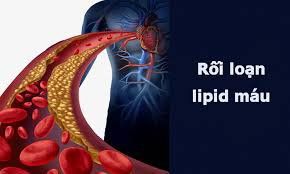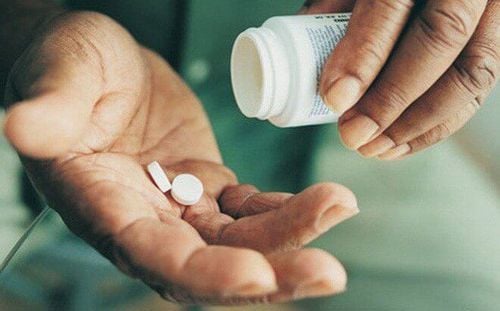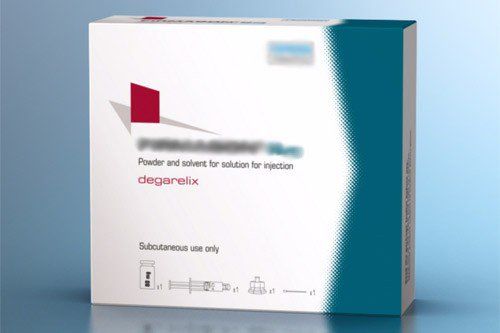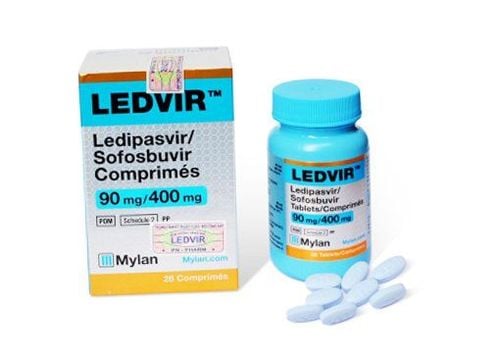This is an automatically translated article.
Post by Master, Doctor Mai Xuan Thien - Emergency Doctor - Emergency Department - Vinmec Times City International HospitalA stroke can rob the patient of his freedom, ability to live independently, even destroy the patient's life and affect the family, increasing the burden on society. So how can we prevent strokes?
1. Risk factors that can lead to stroke
A risk factor is a condition or behavior that increases the risk of a disease. However, just because a person has risk factors does not mean that he or she will definitely have a stroke, just as someone without risk factors will definitely not have a stroke.
Some risk factors cannot be changed:
Age: A stroke can happen at any age. However, according to many studies, the risk of stroke doubles every 10 years between the ages of 55 and 85. Gender: In middle age, men have a higher risk of developing the disease and also have a higher risk of dying from the disease than women. Race: People of certain races have a higher risk of developing the disease. For example, African-Americans have been found to have a higher risk of stroke than other Americans. Family history of stroke Treatable risk factors:
Hypertension: High blood pressure is the most common risk factor for stroke. High blood pressure can increase the risk of stroke by 2 to 4 times in people 80 years old. Smoking: Smoking increases the risk of ischemic stroke 2 times, and hemorrhagic stroke 4 times. It is hypothesized that smoking may be related to atherosclerotic diseases, especially of the carotid arteries. In addition, nicotine in cigarettes increases blood pressure; Carbon monoxide from cigarette smoke reduces oxygen in the blood flow to the brain, and smoking increases the risk of blood clots forming in the blood vessels. Smoking can also promote the formation of brain aneurysms. Quitting smoking at any age not only reduces the risk of stroke, but also reduces the risk of cardiovascular diseases, lung diseases, malignancies, especially lung cancer. Cardiovascular conditions: Common cardiovascular conditions such as coronary artery disease, valvular disease, arrhythmias (atrial fibrillation), and chamber enlargement can also lead to thrombus formation and migration to the heart. cerebral occlusion. The most common vascular disease is atherosclerosis. High blood pressure increases the risk of atherosclerosis and causes damage to the vessel walls. Warning signs or history of transient ischemic attack or stroke: If the patient has a history of transient ischemic attack, immediate prophylactic treatment is required. If you have a previous history of a transient stroke or have had a stroke, your risk of a true stroke or a recurrent stroke is increased. Diabetes: When diabetes is not well controlled, it increases the risk of destroying the structure of blood vessels in the whole body, including blood vessels in the brain, leading to stroke. Dyslipidemia: Low molecular weight cholesterol (LDL) carries cholesterol from the blood to cells. When LDL increases, cholesterol can be deposited in the walls of blood vessels, causing plaque, which is the main cause of narrowing of the arteries leading to stroke or myocardial infarction. Sedentary and obesity: A sedentary lifestyle and obesity are both associated with high blood pressure, diabetes and cardiovascular diseases. Watch now: How dangerous is a stroke?
2. How to prevent brain stroke?
During the screening process for the patient, the doctor will determine the risk factors for a stroke. Many risk factors are manageable and, when well managed, produce significant results. Although any age can have a risk factor, early control can reduce the risk of actual disease, as well as the risk of sequelae, disability or death.
Many studies show that stroke is preventable and treatable. Fortunately, in recent years, the increasing understanding of the causes of stroke such as lifestyle changes, implementation of preventive treatment, risk factors have had the effect of significantly reducing the mortality rate due to stroke. brain stroke.
The best method to prevent stroke is a healthy diet, regular exercise, no smoking and alcohol consumption.
The above active lifestyle changes will reduce the risk factors for stroke such as:
Atherosclerosis Hypertension Lipid metabolism disorders If you have had a stroke, lifestyle changes can help reduce the risk of stroke. risk of recurrent stroke.
2.1 Adjust your diet An unhealthy diet can increase your risk of having a stroke. Because that diet can cause pathologies that are risk factors for stroke such as high blood pressure, high blood cholesterol. The recommended diet is a low-fat, high-fiber diet that includes plenty of fresh fruits, vegetables, and whole grains. However, make sure it's a balanced diet: Don't overeat just one type of food, especially salty or fast food. Daily salt intake should be limited (< 6g/day ~ 1 teaspoon). Should learn and implement a good diet for the heart, good weight control. 2.2 Exercise Daily exercise combined with a healthy diet is the best way to stay healthy and control your weight. Regular exercise can help lower cholesterol and keep blood pressure in check. For most people, a minimum of 150 minutes of exercise per week should be maintained with moderate to high intensity exercise such as cycling or brisk walking In people recovering from a stroke, it is recommended Perform exercises under the specific guidance of specialized rehabilitation staff. In the first week or month after a stroke, exercise may not be necessary, but it should be done as soon as rehabilitation has moved in a good direction. 2.3 Quit smoking Smoking significantly increases the risk of stroke. This is the leading cause of vascular diseases, especially arterial disease, which narrows the lumen and can cause blockage or formation of local blood clots. Quitting smoking can reduce this risk.
2.4 Reduce or give up alcohol or alcoholic beverages Abuse of alcohol can lead to increased blood pressure, causing arrhythmias (Atrial fibrillation). All are high risk factors for stroke. Drinking alcohol can also cause weight gain. Heavy drinkers are three times more likely to have a stroke than the general population. 2.5 Control of underlying diseases Having underlying medical conditions such as diabetes, high blood pressure, lipid metabolism disorders, atrial fibrillation are factors that increase the risk of stroke... Therefore, you need to follow these guidelines. Follow the doctor's orders to well control all the underlying diseases.
Vinmec Times City International General Hospital has 10 years of experience in treating acute cerebral stroke with thousands of cases. The emergency and intervention process for stroke patients is well organized with close coordination of many specialties: pre-hospital emergency, out-patient emergency, neurology, imaging.
With the advantage of being located in the middle of Times City urban area, over the years, Vinmec Hospital's emergency team has quickly approached and successfully treated, saving many lives of residents and people living in the unfortunate vicinity. stroke.
Early detection of stroke risk in young, normal people for optimal stroke prevention. In response to the request from that fact, the Hospitals in Vinmec Health System have provided the Basic Stroke Risk Factors Screening Package for the following subjects:
People ≥ 40 years old. If results are normal, re-test every 12 months. Particularly for in-depth surveys such as brain MRI, transesophageal echocardiography, Holter ECG, etc., the time for re-screening will be specifically advised by a stroke specialist after all test results are available. General health screening packages can be combined. People aged 20-39 years old. If the results are normal, re-screen every 3 years and adjust according to the age package. Can be combined with the regular health screening package People under 19 years old. If results are normal, re-screen every 5 years and adjust according to age package. Can be combined with a regular health screening package. Customers using the basic stroke risk factors screening package at Vinmec will be examined and treated with a team of highly qualified, experienced doctors, with a full range of professional equipment for diagnosis. identification and treatment interventions according to international standards.
Please dial HOTLINE for more information or register for an appointment HERE. Download MyVinmec app to make appointments faster and to manage your bookings easily.














